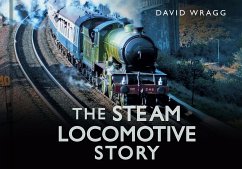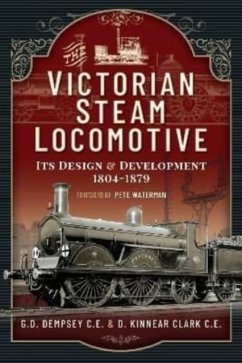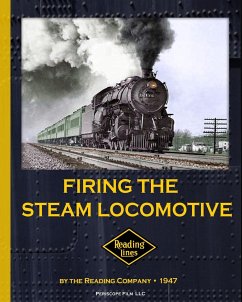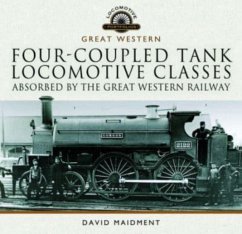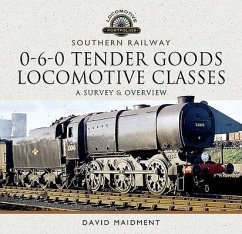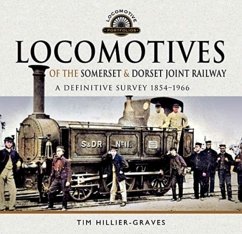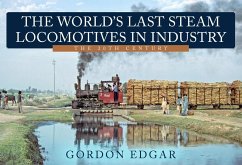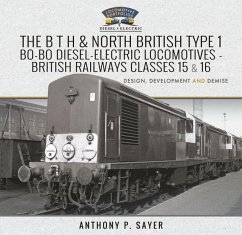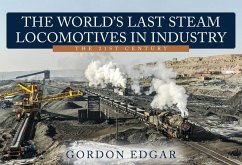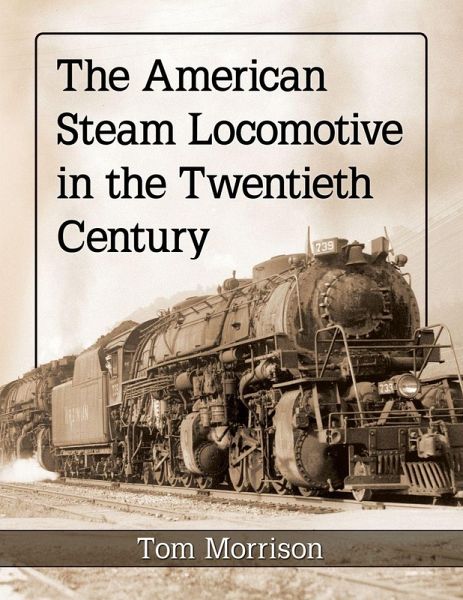
The American Steam Locomotive in the Twentieth Century
Versandkostenfrei!
Versandfertig in 1-2 Wochen
55,99 €
inkl. MwSt.

PAYBACK Punkte
28 °P sammeln!
Between 1900 and 1950, Americans built the most powerful steam locomotives of all time - enormous engines that powered a colossal industry. Drawing on the work of engineers and railroad managers of the day, this lavishly illustrated history chronicles the challenges, triumphs and failures of American steam locomotive development and operation.




